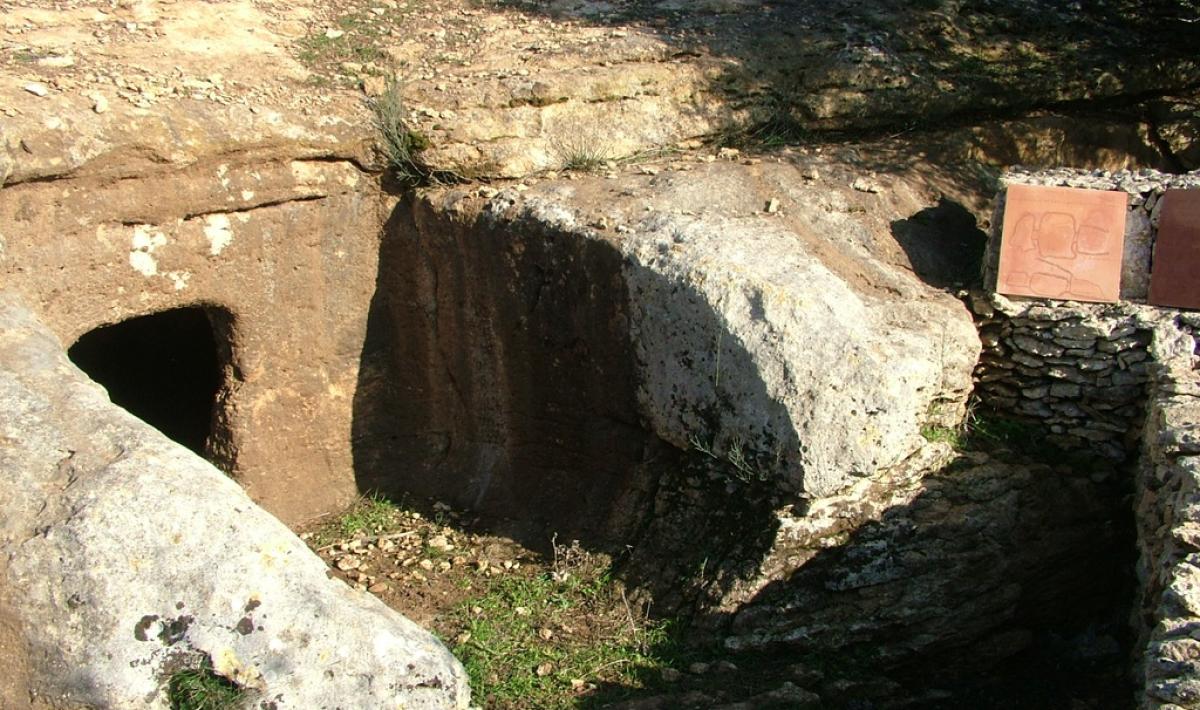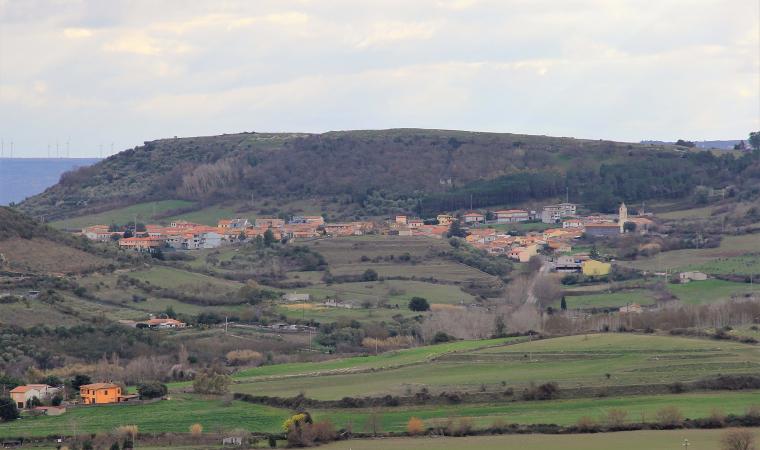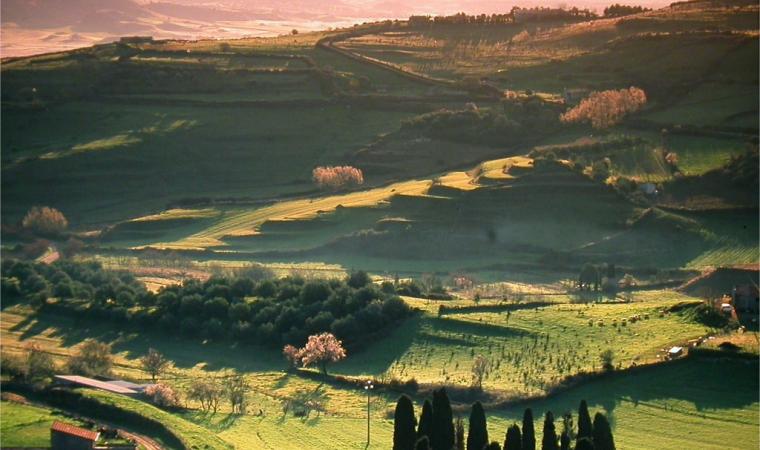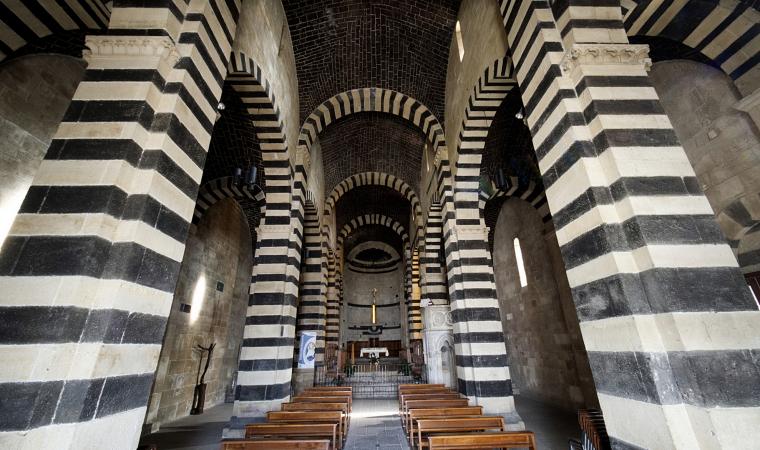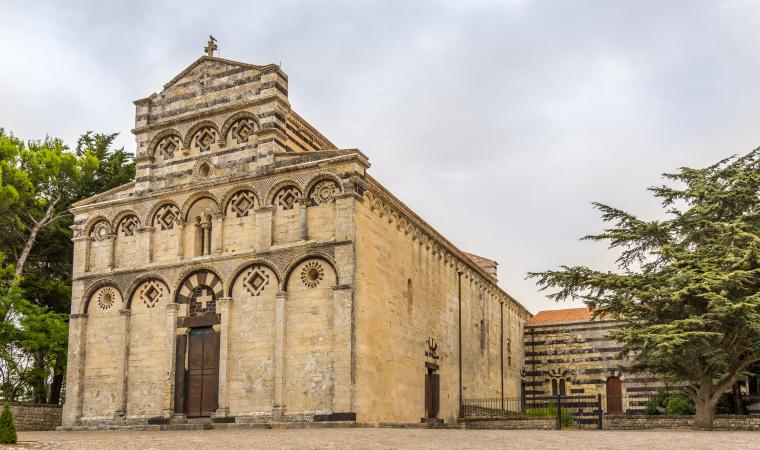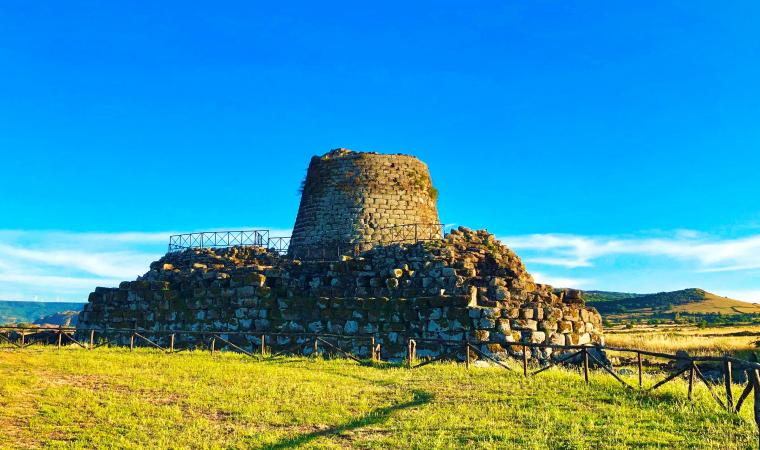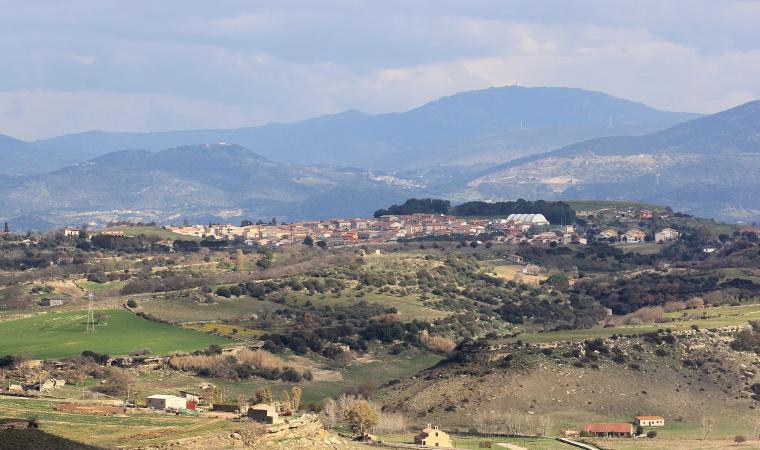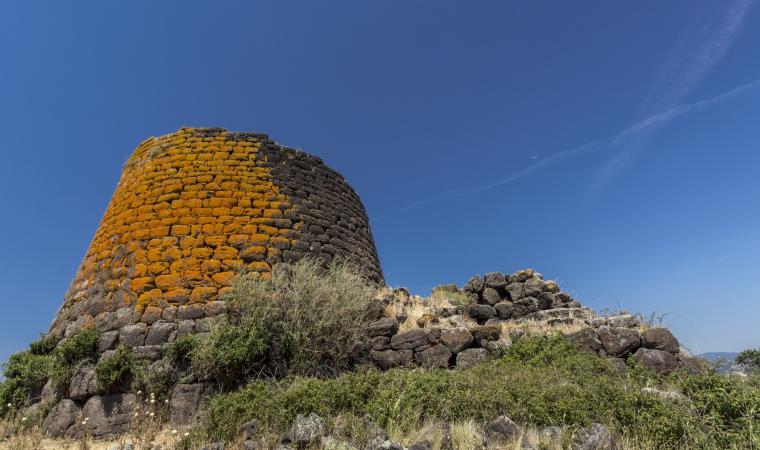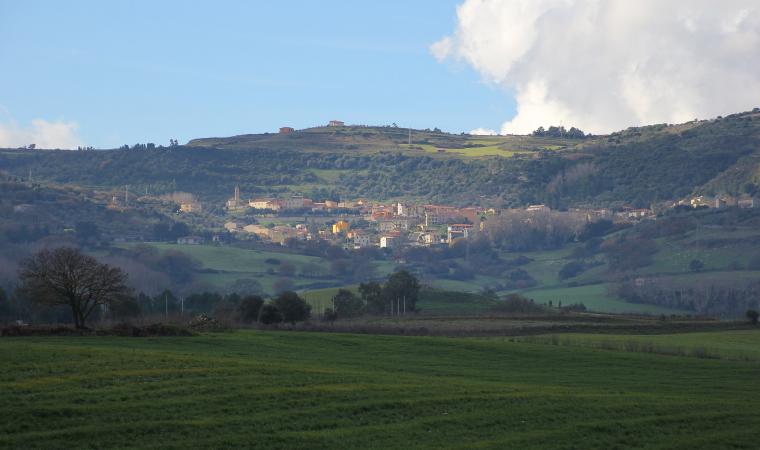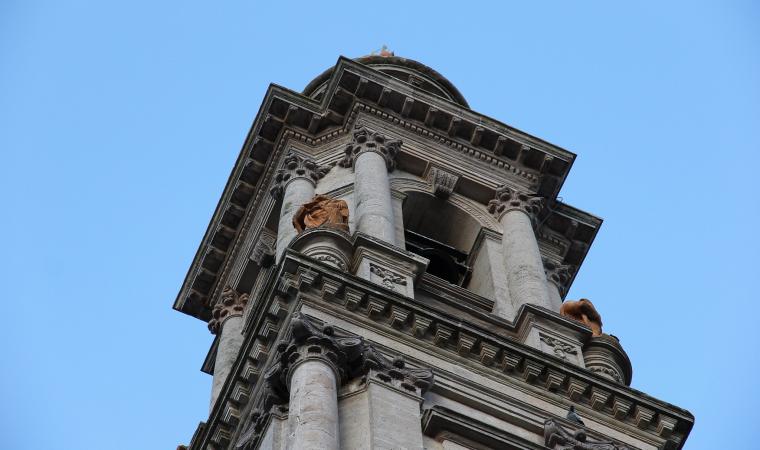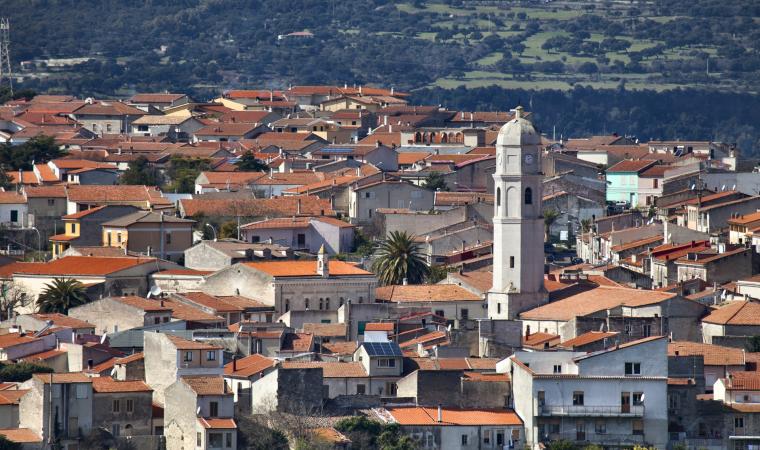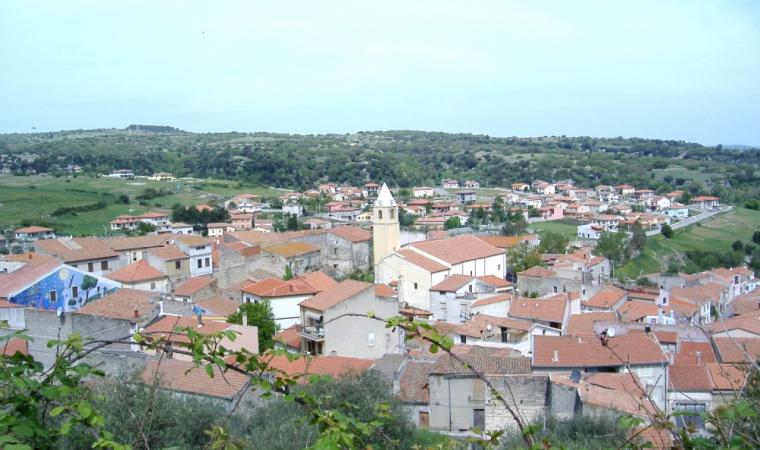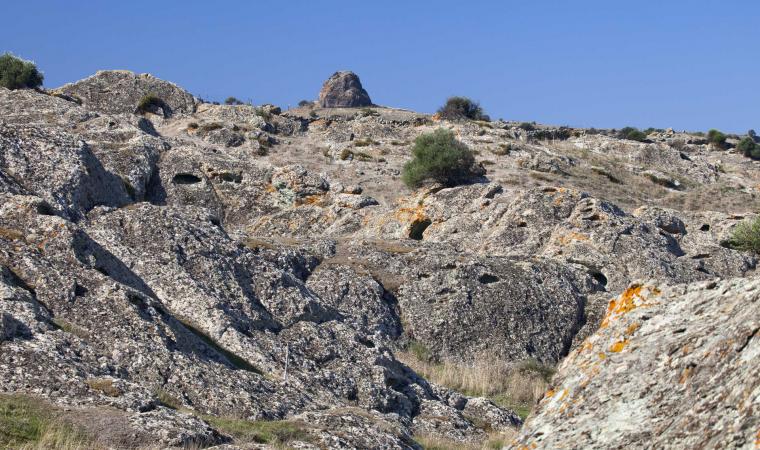Dall'abitato di Bonnanaro si prende la strada asfaltata che passa sulla SS 131. Attraversato un ponte, si svolta a destra in una strada sterrata. la si percorre per 2 km sino a raggiungere le domus de janas scavate, a destra della strada, sulle pareti rocciose all'interno di un terreno privato. Il contesto ambientale La necropoli è situata nell'affioramento roccioso di Corona Moltana, al margine di un altopiano, nel Logudoro, regione della Sardegna nord-occidentale. Descrizione Il sito è noto in modo particolare per aver dato il nome alla "cultura di Bonnanaro", largamente diffusa in Sardegna e risalente al Bronzo antico (1800-1600 a.C.). Comprende cinque ipogei a sviluppo planimetrico bicellulare e poco articolato. La tomba I – la più conosciuta e la prima ad essere individuata – presenta un breve corridoio con padiglione trapezoidale che immette - attraverso un portello rialzato che mostra una risega per la lastra di chiusura – in un'anticella rettangolare (largh. m 3,90. lungh. m 2,70. alt. m 1,50) con tetto spiovente. al di sopra del portello si nota un probabile motivo corniforme di stile rettilineo in rilievo. Sulla parete di fondo dell'anticella si apre l'ingresso alla cella principale: il portello, rettangolare, è sormontato da un motivo corniforme curvilineo con quattro incavi semicircolari nella parte superiore. La cella, coassiale e di minori dimensioni (largh. m 3,10. lungh. m 1,80. alt. m 0,50), presenta una pianta irregolare. alla base delle pareti sono scavate otto coppelle emisferiche. Nella cella erano deposti due individui con un corredo di 18 vasi e un anellino di bronzo. fu, appunto, questo, il primo contesto organico del Bronzo antico rinvenuto nell'isola. Della tomba II, notevolmente deteriorata, rimane una cella a pianta trapezoidale ampliata sulla parete di fondo da un piccolo vano a forno. Non rimane traccia della parete frontale, né degli altri ambienti che dovevano costituire l'ipogeo. Alla tomba III si accede attraverso un portello – con risega per la lastra di chiusura e rialzato sul piano di calpestio – che immette in un'anticella ellissoidale. Il portello è sormontato da un duplice motivo corniforme rettilineo. L'anticella, a soffitto piano, presenta due ingressi che immettono nella cella successiva a pianta irregolare e con soffitto spiovente. La tomba IV, anch'essa gravemente danneggiata, presenta una cella a pianta rettangolare, mancante della parete frontale. Nella parete di fondo si apre l'accesso ad un piccolo vano ellissoidale. Varie coppelle emisferiche sono scavate sul pavimento e sulle pareti. La tomba V presenta un ingresso a pozzetto che immette in una cella di forma irregolare, con due nicchie sulle pareti laterali. il soffitto è a volta e le pareti sono concave, mentre sul pavimento si notano coppelle emisferiche di varie dimensioni. Sulla parete d'ingresso, sotto il portello di accesso, si apre una piccola nicchia. La necropoli fu in uso dal Neolitico finale al Bronzo antico (3200-1600 a.C.). Storia degli scavi La necropoli fu scavata nel 1889. altre indagini sono state condotte nel 2000 da Giovanna Maria Meloni. Bibliografia F. Vivanet, "Bunnanaro. Sepolcri antichi rinvenuti in contrada 'Corona Moltana'", in [i]Notizie degli Scavi[/i], 1891, pp. 324-325. G. Pinza, "Monumenti primitivi della Sardegna", in [i]Monumenti Antichi dei Lincei[/i], XI, 1901, coll. 1-280, p. 84 ss., fig. 57. A. Taramelli, "Foglio 193 (Bonorva)", in [i]Edizione Archeologica della Carta d'Italia[/i], Firenze, Istituto Geografico Militare, 1940, p. 19, n. 22. G. Lilliu, [i]La civiltà dei Sardi dal Paleolitico all'Età dei Nuraghi[/i], Torino, Nuova ERI, 1988, p. 166 ss.. G. M. Meloni, "Ricerche archeologiche nelle località di Corona Montana e Zarau", in [i]Bonnanaro e il suo patrimonio culturale[/i], Sassari, Segnavia, 2004, pp. 90-99.

